One of our favorite nitric oxide pump ingredients -- Nitrosigine -- is now Walmart!
Today we'll be talking about the latest version of ProSupps Hyde, the famous pre workout formula from ProSupps that will help Jekylls all over the world unleash their inner monster. The big news here is that it's headed for massive distribution, bringing a lot of clinically-tested nitric oxide science with it.
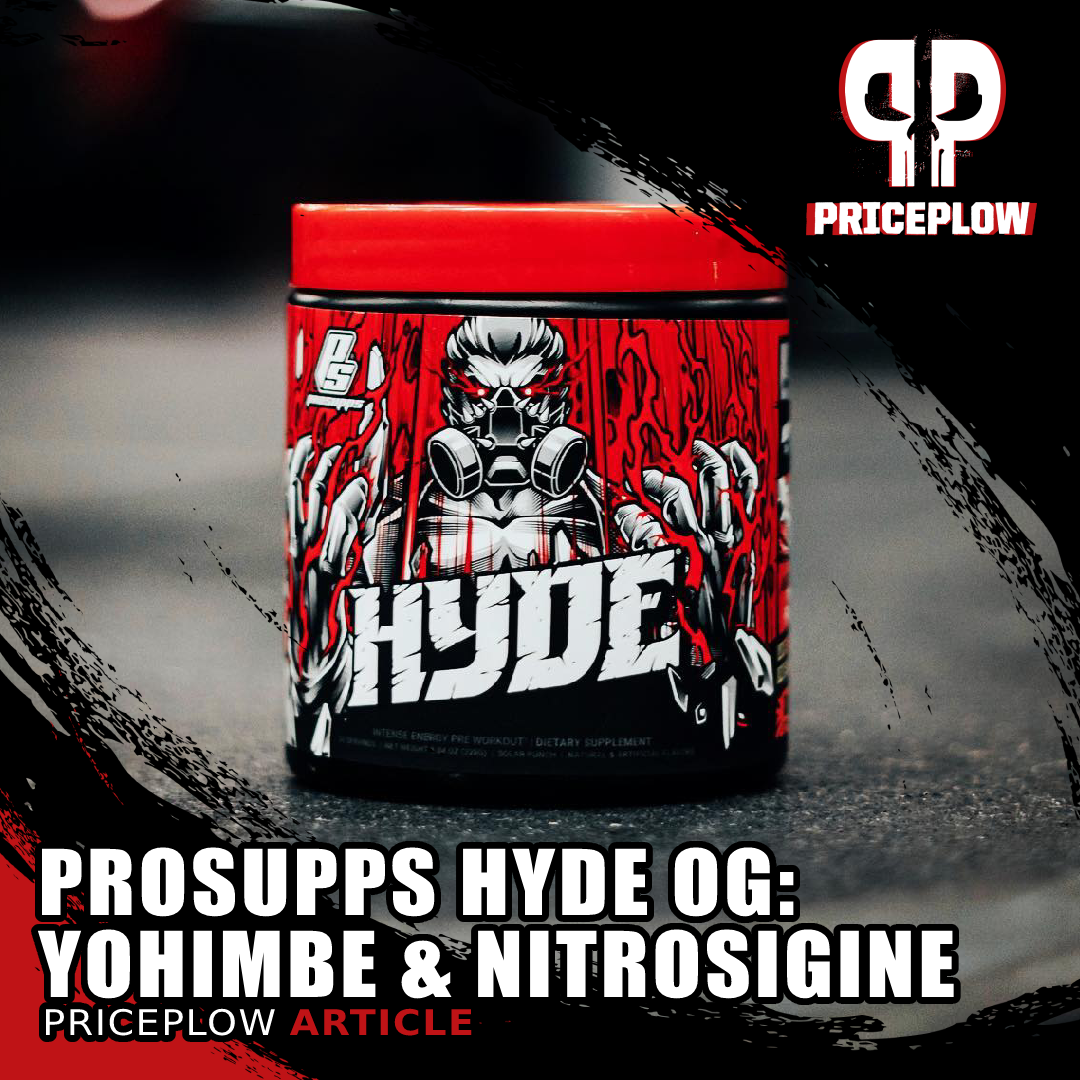
The latest version of ProSupps Hyde is out, and they've included Nitrosigine with OG yohimbe (not "alpha-yo" or rauwolscine or any of that) with 375mg caffeine for a seriously potent pre-workout!
ProSupps Hyde 2023: Nitrosigine and a heavy hit of caffeine (375mg)
This formula's an interesting one – we have great doses of two of the hardest-hitting ergogenic aids on the supplement market today, namely caffeine and Nutrition21's Nitrosigine, plus a bunch of awesome cellular health ingredients.
We think this is a pretty enlightened approach. Boosting whole-body cellular function is a more holistic way to rev up your engine than slamming yourself with a bunch of ingredients that are specialized for improving one or two parameters of athletic performance.
But unique to the new Hyde is a dose of energy-boosting yohimbe -- not the trendy alpha-yohimbine, but instead the classic, old-school yohimbe that amps things up without going over the top. It's paired with 375 milligrams of caffeine for quite the powerful energy blend.
Let's get into it, but first check the PricePlow for news and deals:
Pro Supps Hyde – Deals and Price Drop Alerts
Get Price Alerts
No spam, no scams.
Disclosure: PricePlow relies on pricing from stores with which we have a business relationship. We work hard to keep pricing current, but you may find a better offer.
Posts are sponsored in part by the retailers and/or brands listed on this page.
ProSupps Hyde 2023 Ingredients
In a single 1 scoop (7.6 gram) serving of Hyde from ProSupps, you get the following:
-
Beta-Alanine - 2,000 mg
The ProSupps Hyde OG Ingredients (2023) -- Check labels in stores to make sure you're getting the one with Nitrosigine in it!
Beta-alanine is one of the supplement industry's favorite and longest-used ingredients. It's an ergogenic aid, meaning that it can actually increase athletic or physical performance.
Through the combination of beta-alanine with L-histidine, a common amino acid, the body produces carnosine. We like carnosine because it can help remove lactic acid from your muscle tissue. Since the accumulation of lactic acid in muscle causes muscular fatigue, "buffering" lactic acid with carnosine helps improve endurance.[1]
As is often the case, the endogenous molecule we're attempting to increase (carnosine) is not orally bioavailable as a supplement. The solution is to instead take its precursor -- beta-alanine -- which is orally bioavailable.
The other half of carnosine, histidine, is abundant in pretty much all commonly eaten foods, so this means that your body's beta-alanine supply is the rate-limiting factor in how much carnosine your body can produce.[2,3] Beta-alanine bottleneck problem solved with a solid serving of Hyde!
Meta-analyses of beta-alanine supplementation, looking at dozens of peer-reviewed journal articles on the subject, have found that the amino acid is best at boosting endurance during exercise sessions between 30 seconds and 10 minutes long.[4,5] It's supported by research tested in numerous sports and athletic settings.[1-8]
What about the beta-alanine dosage here?
We've become quite used to seeing 3,200 milligrams of this ingredient -- it's the most commonly used and studied dose. However, as little as 1,200 mg of beta-alanine has been shown to improve athletic performance.[9] This leads us to the next point, where we'll feel less tingles:
A word about the tingles
Beta-alanine causes a tingling feeling in the upper body of most who take it, particularly in the face. This is known as paresthesia, and to some it may feel weird. However, scientists have found the tingles to be harmless.[10]
With a 2-gram dose of beta-alanine, the tingles will be markedly less, so this is a good starting point for beginners shopping at Walmart who know they can already handle their caffeine. However, if you want to get all of the clinically-supported benefits shown in research, adding more beta-alanine somewhere else in the day could be beneficial.
Next, it's time to get the pumps started:
-
Nitrosigine (Arginine Silicate Inositol) – 1,500 mg
Move over L-arginine, Nitrosigine (inositol-stabilized arginine silicate) actually makes it work as originally desired!
Nitrosigine is the industry-leading nitric oxide (NO) booster developed and patented by Nutrition21.[11] In our opinion, Nitrosigine is the core ingredient of ProSupps Hyde – it's powerful and we love seeing it appear in pre-workout supplements.
Nitrosigine is known to give a great pump at a fraction of the dose that would be required with more traditional NO boosters like citrulline and arginine. So make no mistake, the 1,500 milligram dose used here is potent and clinically-validated in multiple settings.
To understand why, we should talk a little bit about the history of NO boosting ingredients.
Arginine was discovered to be the immediate precursor to NO several decades ago, and was the industry's go-to for a long time. Over the years, scientists collected data that revealed arginine's oral bioavailability is pretty low,[12-15] so the industry gradually replaced it with citrulline, which is a precursor to arginine and much more orally bioavailable.[16]
Citrulline remains a respectable NO booster, but there's a catch with citrulline: you need a giant dose to get the maximum effect. According to the research, you don't really get the maximum performance-boosting effect of citrulline until you take at least 10 grams of the stuff,[17,18] which adds a lot of unnecessary weight and volume to products.
Nutrition21 asked, "what if we boosted the oral bioavailability of arginine instead of using citrulline?" And that's how Nitrosigine was born. Instead of using the citrulline "workaround", make arginine what it was hoped to be in the first place!
How Nitrosigine works
Nitrosigine consists of arginine, inositol, and potassium silicate in a patented chemical complex with each other.[11] It's often referred to as ASI in research, and with this, Nutrition21 has developed a better form of arginine. Nitrosigine has outperformed standard L-arginine in research, where the ASI was able to provide greater plasma arginine levels for up to six hours.[19-22]
Nitrosigine has been shown to reduce arginase activity,[20] meaning it reduces the action of arginase, the enzyme that breaks arginine down. This means that the arginine in ASI gets into your system and lasts longer, better supporting your body's NO production. This results in effects that can boost not only physical but also mental performance.
How NO improves athletic performance
The reason that most pre-workout supplements are organized around NO-boosting ingredients is that nitric oxide triggers vasodilation, a phenomenon where your arteries expand in diameter.[23] Dilated arteries means better blood flow, improved tissue oxygenation, enhanced nutrient delivery, better waste removal, along with promoting a healthy heart rate.
A nitric oxide booster that improves cognition?! Yes - Nutrition21 passed around this helpful infographic after the Nitrosigine cognition study on healthy young adults was published.[27]
All of these things can improve athletic performance by quite a bit.
Nitrosigine boosts nitric oxide within 15 minutes of being ingested, for up to 6 hours.[21,24]
How NO boosts mental performance
Nitric oxide doesn't just benefit physical performance – because every organ in your body can benefit from improved circulation. This includes your brain!
In fact, your brain consumes disproportionately huge amounts of blood, oxygen, and glucose.
It makes perfect sense, then, that increasing NO production can help improve cognitive function. What's interesting is that Nitrosigine seems particularly good at this, compared to other NO boosters.
Research shows that Nitrosigine can help prevent the temporary cognitive impairment that typically follows a hard workout.[25]
One study conducted in healthy young men who had not recently exercised found that Nitrosigine can improve multitasking.[26] Another study found that healthy young men and women had better memory when taking Nitrosigine, compared to the control.[27]
Don't sleep on the mental benefit of Nitrosigine – demanding exercise programs can take a toll on mental performance, and Nitrosigine can help keep you functioning at your best as you pursue your other goals.
If you want to learn more about Nitrosigine, check out our article Nitrosigine: The Nitric Oxide Booster That Enhances Brain Function.
-
Green Tea (Camellia sinensis) Leaf Extract (CellFlo6) – 150 mg
Green tea basically has the reputation of a health silver bullet, and it's not hard to see why. Tons of research has been done on the powerful antioxidant polyphenol compounds in green tea, and that's exactly what the extracts of tea give us.
CellFlo6 is made from six different green tea leaf extracts built to induce vasodilation using a different pathway than Nitrosigine. Research has shown that its components can significantly increase NO levels[28,29] -- it signals for endothelial cells in the blood vessels to relax, improving blood flow (and thus, muscle pumps).
It does so by interacting with the enzyme responsible for NO production known as nitric oxide synthase.[28] Because of this, there's a good chance it can potentiate the nitric oxide boost from Nitrosigine, although that hasn't been demonstrated.
CellFlo6's constituents have also been shown to boost muscle protein synthesis and increase glucose uptake into muscle cells,[28,29] -- there's a good chance this is due to its epicatechin inside. This leads us to the metabolic benefits of green tea extracts:
The research indicates that green tea extract consumption can:
- Accelerate fat burning and fat loss[30]
- Improve circulation[31]
- Improve insulin sensitivity[32,33]
- Decrease blood pressure[34]
- Improve sense of overall well-being[34]
For athletes with very specific supplementation regimens, green tea extract has yet another benefit: it can improve liver health by removing fat from liver tissue.
In one double-blind, randomized, placebo-controlled study from 2016, people who took 500 milligrams of green tea extract for three months had significantly lower liver enzymes by the end of the study period,[35] compared to those who received the placebo control.
This is why we consider green tea extract to be a "metabolic Swiss army knife", but with CellFlo6, the constituents targeted are the ones that induce a nitric oxide boost.
-
Astragin (Astragalus membranaceus (root) Extract and Panax Notoginseng (root) Extract) – 50 mg
AstraGin is a great bioavailability enhancer. It works by increasing the amount of nutrients your body absorbs from food and supplements.
The mechanism of action here is AstraGin's ability to increase adenosine triphosphate (ATP) production in your intestines. Since ATP is usable energy for your cells, making more ATP available to your intestinal cells enhances the function of your intestines.[36]
Although it won't be as powerful as Nitrosigine for our purposes, AstraGin is impactful because it will make every other ingredient in this formula significantly more effective.
For instance, astragalus membranaceus, one of the two sources for AstraGin's bioactive constituents, has been shown to increase L-arginine absorption in preclinical trials.[37]
It's even been shown to improve health span in lower organisms like certain species of roundworm.[38] Although these results obviously don't apply directly to humans because of differences in physiology, the cellular mechanisms are essentially the same (which is why scientists do preliminary studies on roundworms in the first place).
Panax notoginseng, the other source for AstraGin, has been shown to extend lifespan in the same type of organism.[39]
More research needs to be done, but taken together, these results suggest that the ancient reputation of ginseng and astragalus as pro-longevity herbs could be warranted.
-
Caffeine Anhydrous – 375 mg
Caffeine, as we all know, is a ubiquitous stimulant, perhaps the most widely used legal drug in the world. About 85% of American adults use caffeine on a daily basis.[40] Most of us reach for that cup of coffee or tea to help fight fatigue, and have all experienced caffeine's ability to boost alertness and keep us going through mental and physical challenges.
What fewer understand is that caffeine doesn't just give us mental energy or the feeling of energy in a figurative sense. It literally increases your body's production of cellular energy, thus enabling cells all over your body to do more work than usual.
Caffeine does this by inhibiting an enzyme called phosphodiesterase, whose job is to break down a second messenger hormone called cyclic adenosine monophosphate (cAMP).[41,42]
When phosphodiesterase activity decreases, cAMP levels increase, which can actually speed up your metabolism by telling your cells to produce more ATP. At the end of the day, this cellular metabolism boost can cause you to burn more calories in a day than you would otherwise.[43]
So how big is the effect? According to one study, a caffeine dose of 6 milligrams per kilogram body weight can increase your body's rate of fat burning by about 50%.[44] That dose works out to 408 milligrams of caffeine for a 150 pound person, which isn't too far from the same dose we have in ProSupps Hyde.
A word of warning: this is a heavy hit, and another stimulant is coming
Although regular caffeine users might be able to tolerate a 375 milligram dose without major issues, it is a pretty large amount of caffeine to take all at once. So if you are sensitive to caffeine, or aren't sure of your tolerance, be careful with this one and consider taking a partial dose of ProSupps Hyde to assess tolerance.
For those finding Hyde at Walmart, we do not recommend a full serving for beginners. However, for those who are used to this mach caffeine thanks to energy drink usage, you may really enjoy how it feels paired alongside Nitrosigine above and Senactiv below:
-
Senactiv (Panax notoginseng (root) Extract and Rosa roxburghii (fruit) Extract) – 50 mg
Out with the old, in with the new. Regenerate senescent cells and improve performance with NuLiv Science's Senactiv
Senactiv is a senolytic agent developed by NuLiv Science. Senolytic means that it helps your body remove senescent cells, which can improve overall health and bodily function by creating space for newer, younger, more functional cells to replace them.
At least six studies have been conducted on the bioactive constituents of Senactiv, four of them in humans.[45-50] One study found that subjects who supplemented with the ginseng-derived constituents of Senactiv one hour before exercise had significantly less muscle damage, faster glycogen synthesis, and decreased levels of inflammation, compared to those who took a placebo.
Moreover, the time to exhaustion of the active treatment group while working at 80% of their VO2max increased by a significant 20%.[45]
-
Yohimbe (Pausinystalia yohimbe) (bark) Extract [Yielding 2 mg Yohimbines] – 25 mg
375 milligrams of caffeine not enough to get you excited? Then let's amp this up even more!
Yohimbe (and its most active constituent, yohimbine) works by antagonizing alpha-2 adrenergic receptors.[51,52] This effect leads to tremendous increases of energy, as well as decreased appetite, and accelerating fat burning.[51-54] It's a very energetic compound.[54]
Because of this, yohimbe is an ingredient that people either love or hate – some swear by its ability to boost performance and motivation, while others find that it causes anxiety and jitteriness.
Now you're probably wondering how much is too much for most people. Well, the 25 milligram dose that yields just 2 milligrams of yohimbine used here is relatively small, but when you consider the fact that ProSupps has paired it with a huge hit of caffeine, the overall stimulant effect of Hyde seems pretty daunting.
We're excited to see this here because yohimbe has recently been replaced by other similar (but even more powerful) ingredients like rauwolfia, which provides a different constituent known as alpha-yohimbine. This is a throwback to the older-school, standard yohimbe, which we believe will be tolerated and enjoyed by far more people -- especially at this dose.
Either way, with this and the caffeine, this is another great reason to consider using a partial serving of Hyde to assess your tolerance before taking a full one.
Flavors Available
There have been many Hyde versions along the way, so we do our best to keep them organized. The ones in this new formula have been highlighted in yellow, but check your local store to make sure you get the one with Nitrosigine inside!
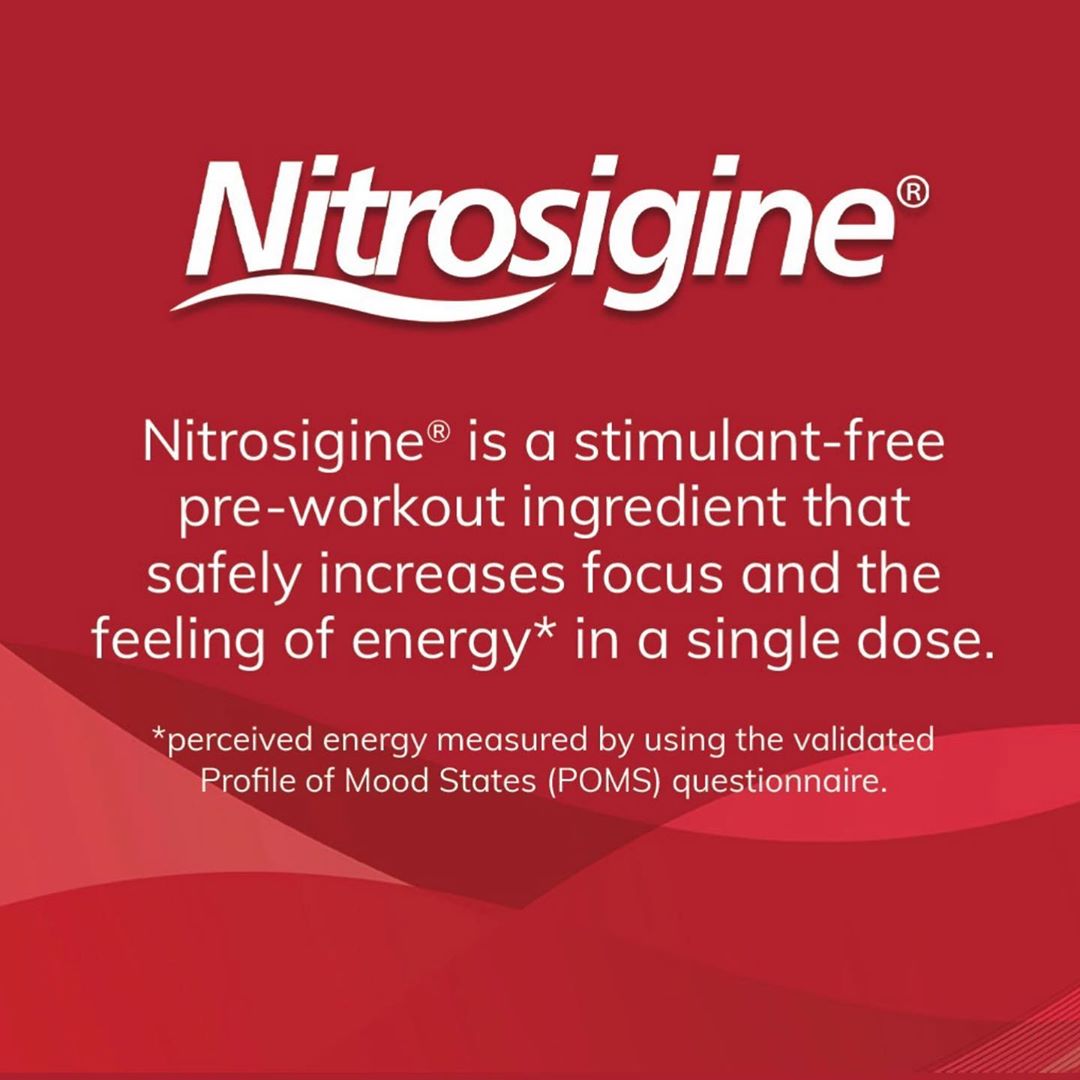
Nitrosigine is primarily found in pre-workouts due to its ability to boost nitric oxide levels... but don't forget about its cognitive-supporting capabilities!
Conclusion: Hyde Brings the New with the Old School
ProSupps Hyde has a great design philosophy, and we'd expect it to work well for most people, the exception being anyone who doesn't tolerate even small amounts of yohimbine.
Most pre-workouts go super heavy on NO boosters and stimulants, and we do have some of both in ProSupps Hyde thanks to Nitrosigine, 375 milligrams of caffeine, and classic yohimbe. In fact, we're not sure if we've seen standard yohimbe paired with Nitrosigine in several years!
The additionally cool thing about this formula is its emphasis on cellular health and function with ingredients like the green tea extract, AstraGin, and Senactiv.
Once again, the combination of caffeine and yohimbine gives us a stimulant profile in ProSupps Hyde that's nothing to sneeze at. Use this product as directed, and do not exceed the recommended serving size.
Pro Supps Hyde – Deals and Price Drop Alerts
Get Price Alerts
No spam, no scams.
Disclosure: PricePlow relies on pricing from stores with which we have a business relationship. We work hard to keep pricing current, but you may find a better offer.
Posts are sponsored in part by the retailers and/or brands listed on this page.
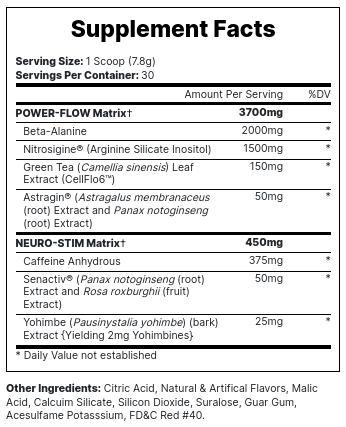
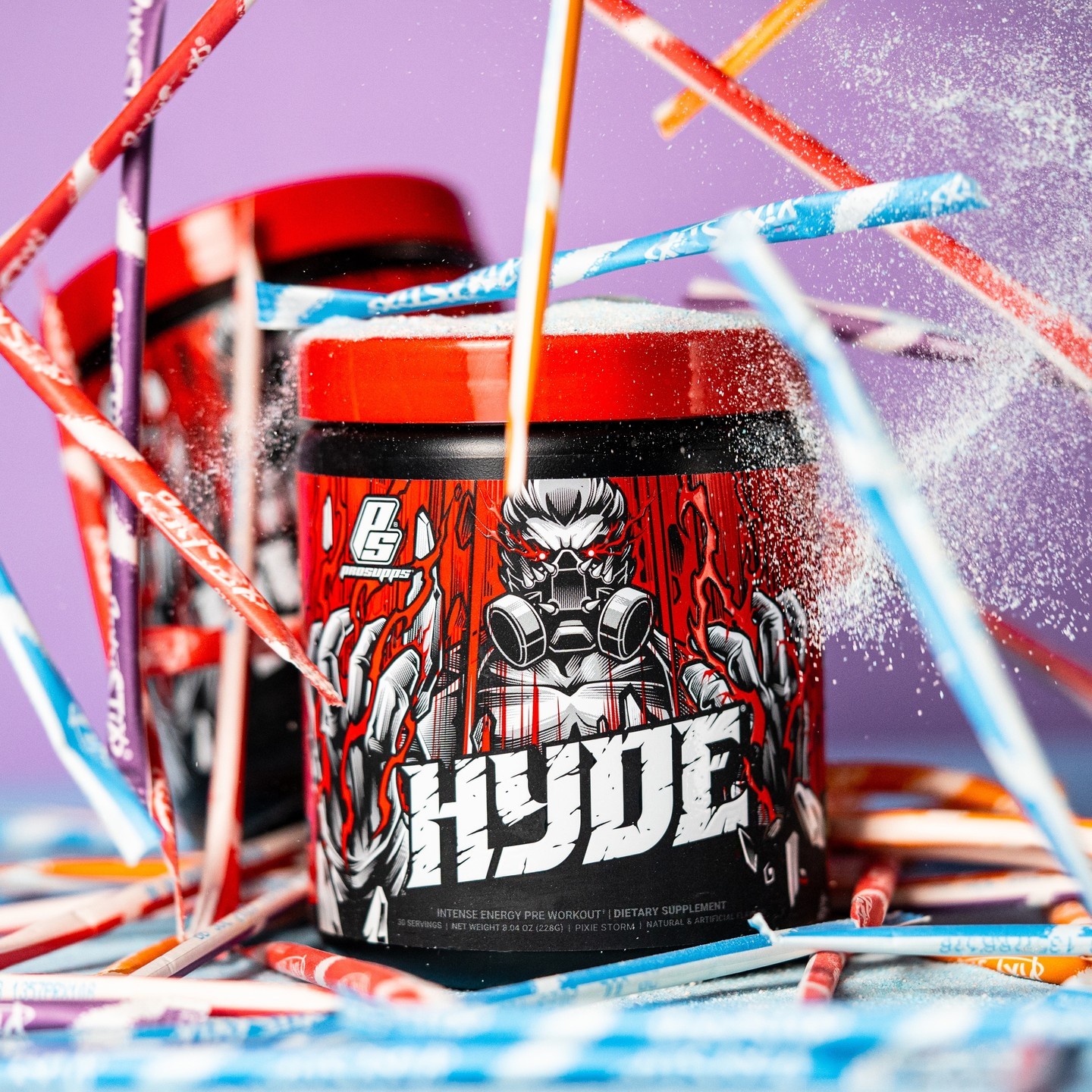

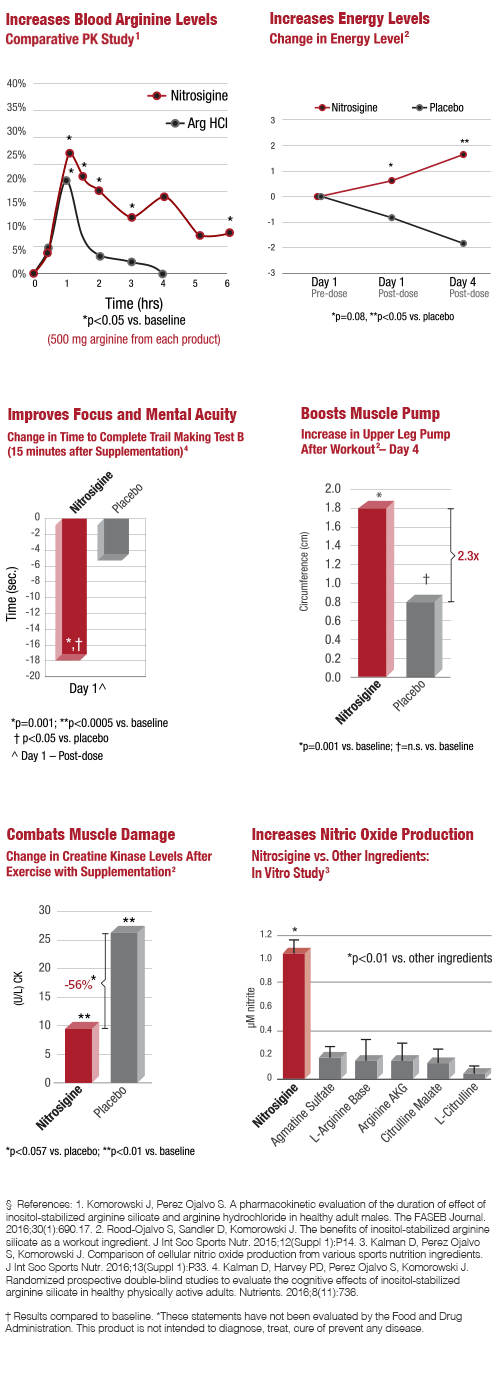
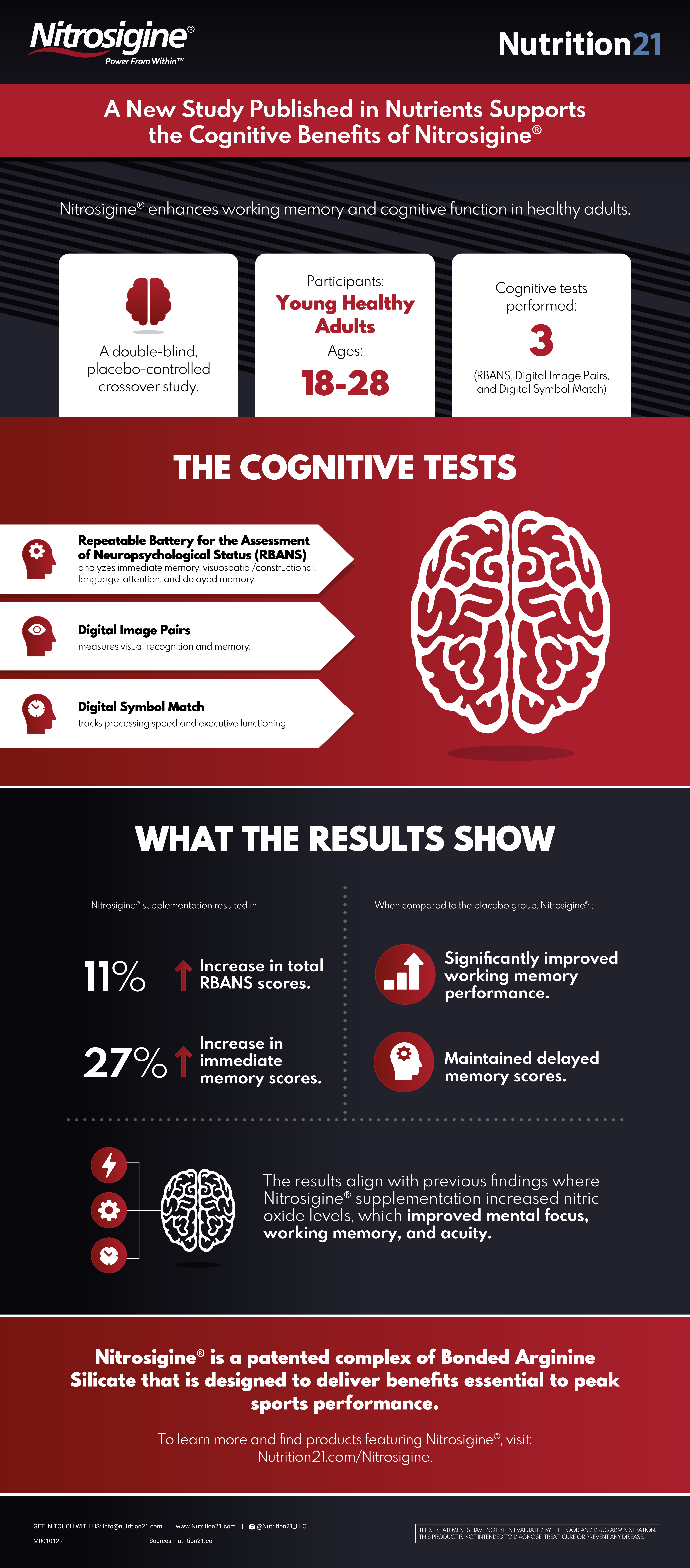
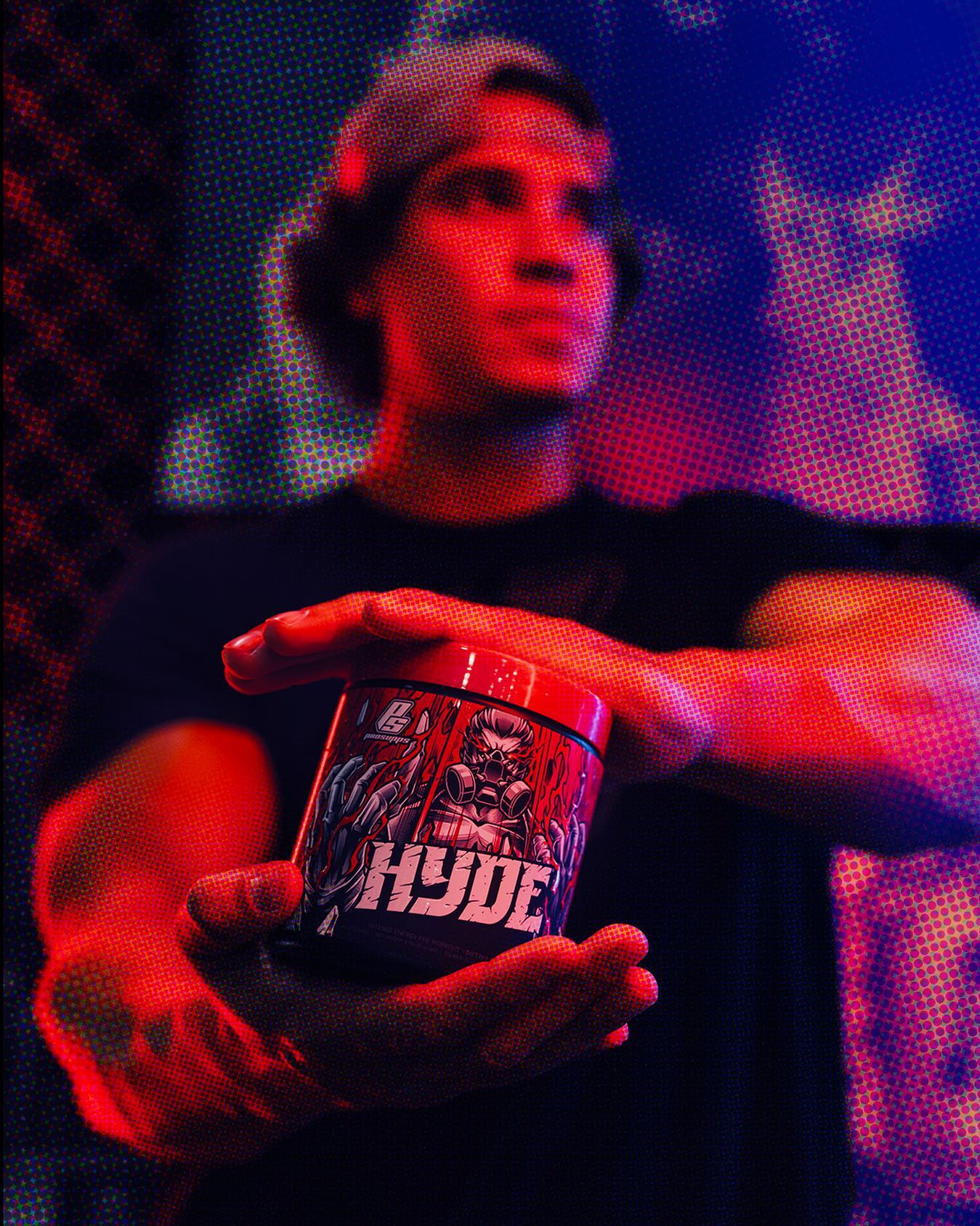

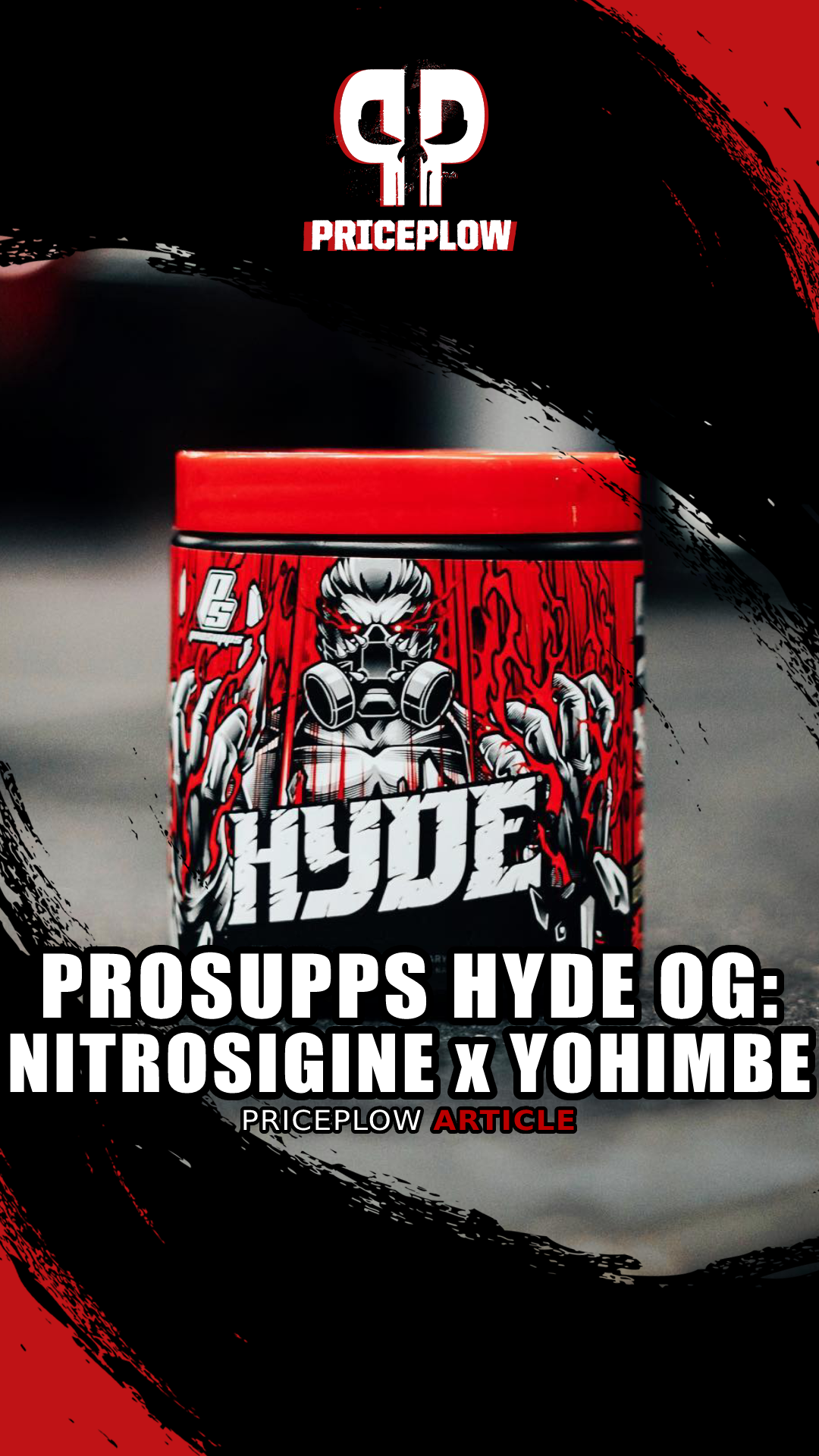
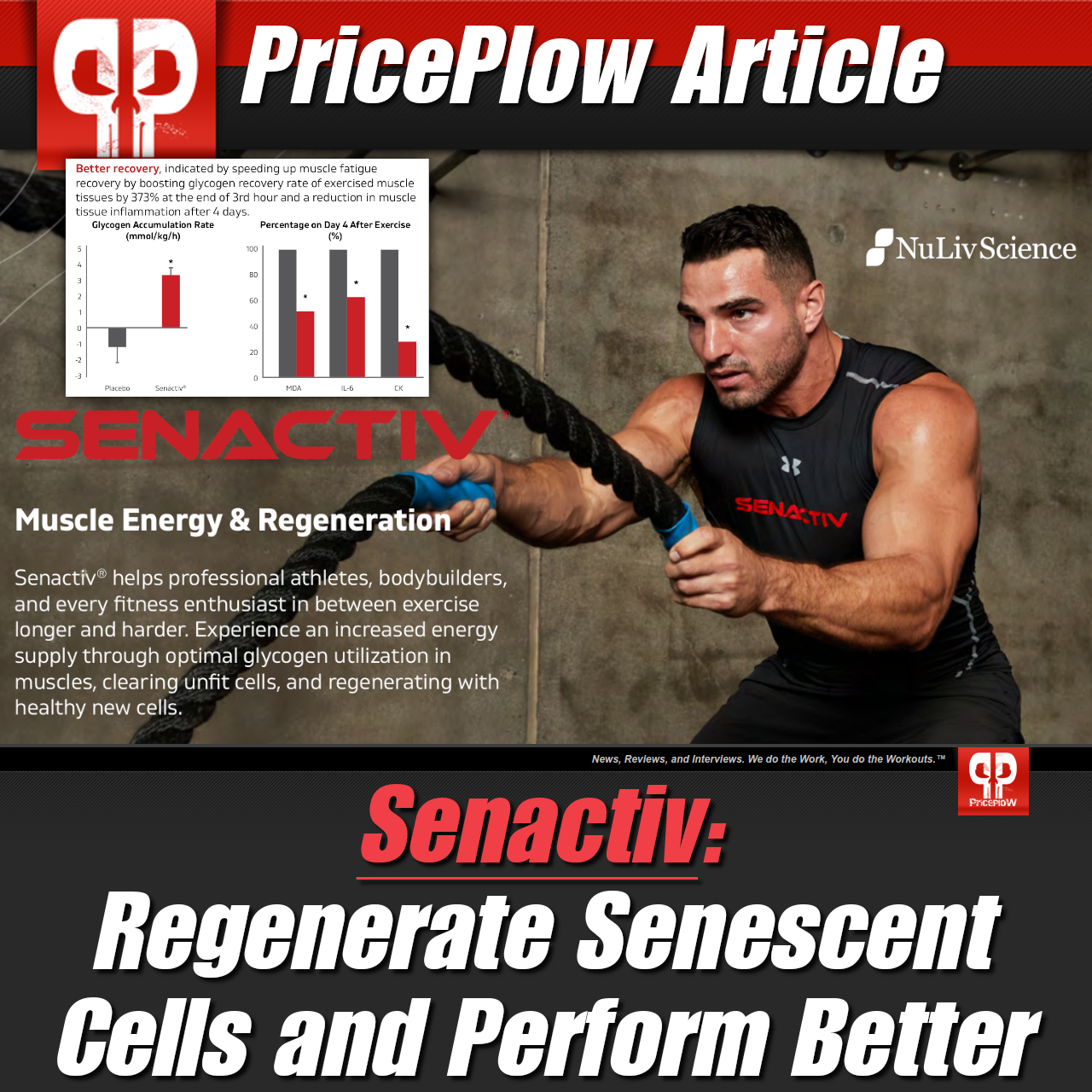
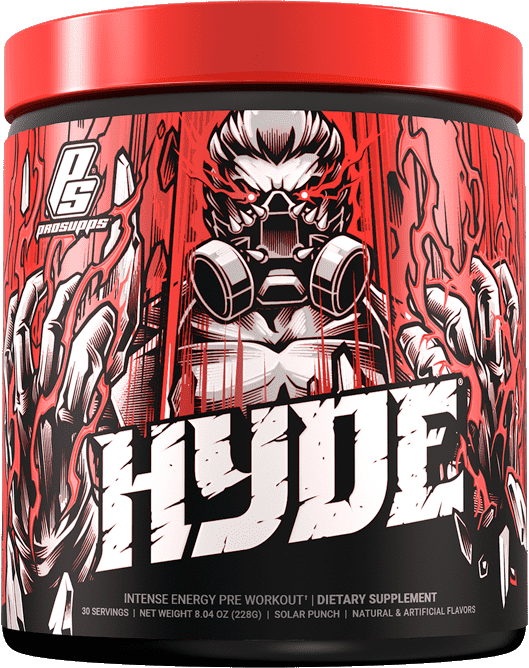


Comments and Discussion (Powered by the PricePlow Forum)